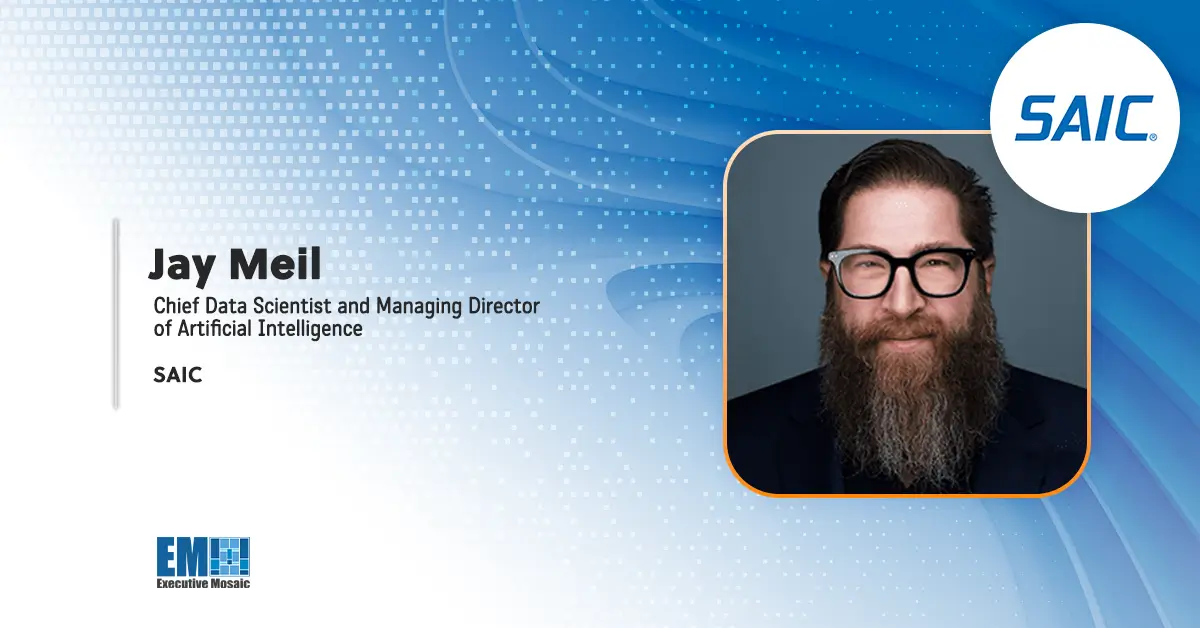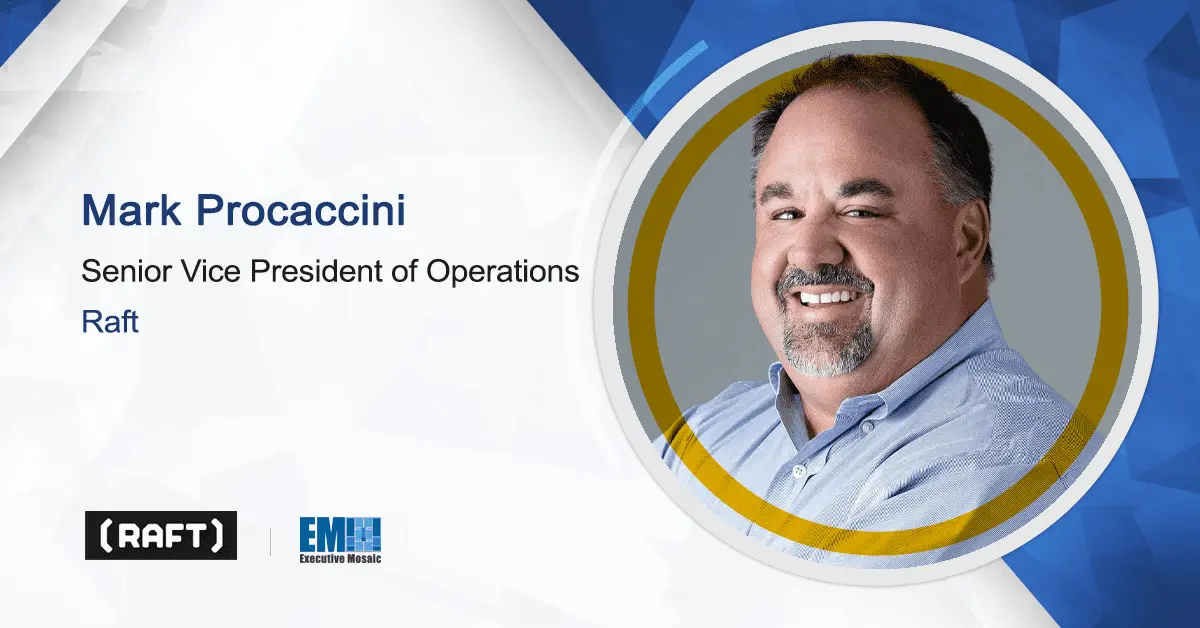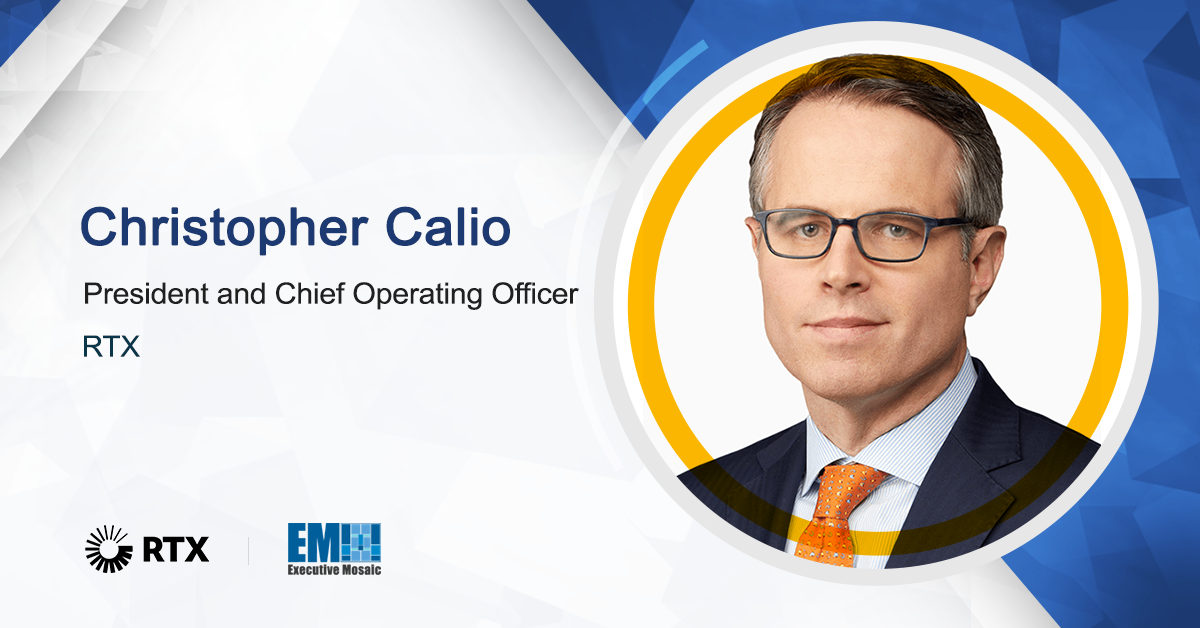With a heightened focus on digital modernization in recent years, the Department of Defense is reshaping its approach to procurement and working to shift the innovation paradigm as it embraces new ways forward.
Among the many changes the Pentagon is undertaking — from cutting-edge technology adoption to networks, contracting and beyond — is an effort to adapt the DOD’s culture and mold it into one that prioritizes speed and agency.
“What we’re really recognizing is that the acquisition, engineering and security practices that we’ve used in the past and built around our traditional manufacturing processes — those are no longer serving us where we need to be in today’s environment,” said Robert Vietmeyer, chief software officer for DCIO Information Enterprise, in a panel discussion during a GovCon Wire event.
“It is more than just a technology that we’ve found. It’s really this cultural challenge that we’re facing where we need to transition from the ways that we’ve done things, the skillsets we’ve used and the technology approaches, and make a pervasive change to move forward,” he continued.
The DOD has initiated a myriad of digital transformation initiatives, high-level strategies and other plans in the past few years to usher the department into a new age of modernization. But the culture component of these efforts has thus far taken a back seat.
Vietmeyer said the release of the DOD’s Software Modernization Strategy in February 2022 confirmed that from the chief information officer perspective, the department had been successful in implementing the technology components of modernization, but it had trouble moving beyond that.
“Where we’d get stopped would be the policy and the process change or the cybersecurity aspects, and [we realized] that we really needed to bring together the department in a more integrated fashion to really drive the necessary cultural change with what I’ll call a two-pronged approach. One is on the folks that were on the cutting edge, how do we remove the policy and process barriers that they may be running into? And then how do we move from their lessons learned to help the fast followers that are coming behind?”
U.S. Space Force Chief Data Officer Mark Brady similarly pointed to process barriers and a lack of access as key hurdles in the Space Force’s push toward modernization, but particularly when it comes to data.
“We have a cadre of supra coders. We also have a growing population of data experts that we’ve been training in short courses. What we need next is a more accessible, more affordable environment for these folks to get into. We don’t want to be in a situation where people are applying for funding before they get to exercise their creativity,” said Dr. Brady.
Brady also highlighted some of the most important barriers that need to be removed on the acquisition side of the Space Force. In particular, he said government buyers need to really own what they’re purchasing in order to use it most effectively.
“We need the delivery of intellectual property. Many folks might think that what you’re buying when you are contracting to develop a data system is the executable. Really, the executable is the least valuable part of what it is that you’re getting,” he explained.
“You can create that from compiling the source code, but we want that source code, we want the design documentation. We’re developing a new policy within the Space Force right now to address that. We’ve already created a set of templates, because the question that always arises here in terms of intellectual property is what exactly does that intellectual property consist of? So we’ve defined that very precisely,” added Dr. Brady.


Interested in hearing more of GovCon’s most important conversations? Be in the room with the biggest decision makers from government and industry during the Potomac Officers Club’s in-person 4th Annual AI Summit on Feb. 16. Register here.








